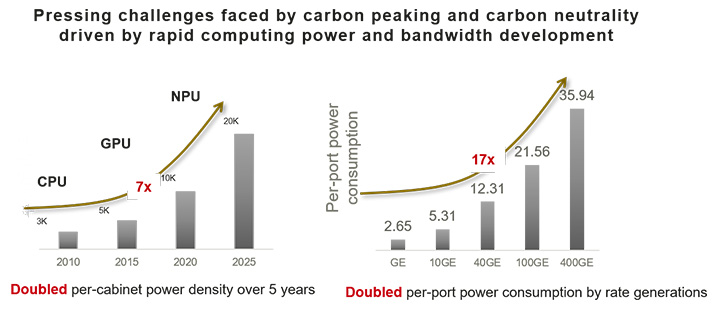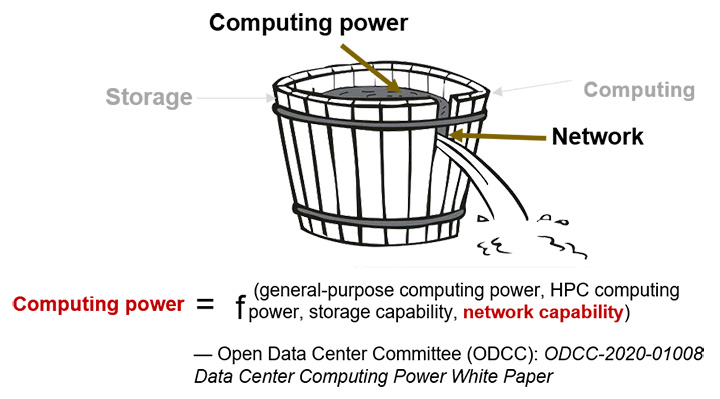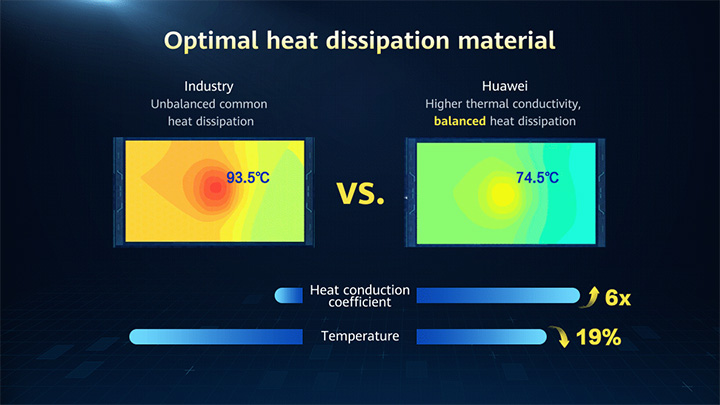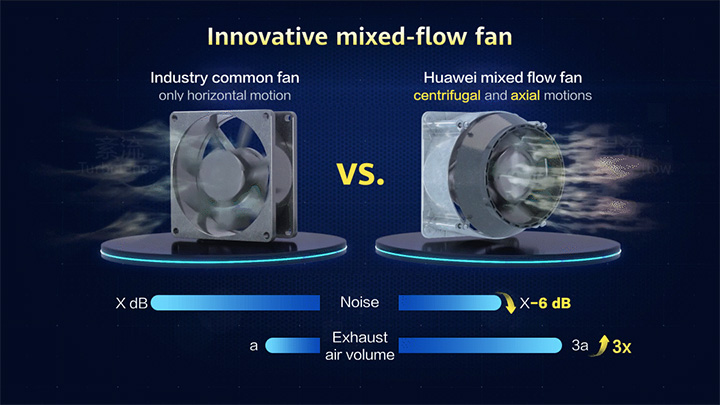Productos, soluciones and servicios para los negocios
According to the international Non-Governmental Organization (NGO) the Global Carbon Project (GCP), global carbon emissions reached 34 billion tonnes in 2020. What does that really mean?
Scientific American reporter Caleb Scharf has benchmarked carbon dioxide emissions in terms of a burning forest: burning one acre of coniferous forest releases 4.81 tonnes of carbon dioxide. Given those 34 billion tonnes of carbon emissions, that's equivalent to burning nearly 7.4 billion acres of coniferous forest, or about 30 million square kilometers: three quarters of the world's total forested areas, in other words.
In order to reduce carbon emissions, 66 countries and regions around the world have now set carbon neutrality goals, but only Bhutan and Suriname have achieved carbon neutrality.
There is a long way to go to achieve carbon neutrality and all industries need to deepen digitalization and accelerate green and low-carbon transformation.
With the rapid development of cloud computing, big data, Artificial Intelligence (AI), and other technologies, data centers are becoming increasingly hungry for computing power and bandwidth. Yet they also face exponentially growing pressure in regards to energy consumption.
According to a paper featured in Applied Energy Volume 291, June 01, 2021 — "Usage impact on data center electricity needs: A system dynamic forecasting model" — by 2030, data center energy demands will grow by two to three times, reaching 750 TWh, where 1 TWh equals 1 billion kWh. This will account for approximately 36% of the Information and Communications Technology (ICT) industry's entire energy consumption.

Alongside the use of renewable energy and improving power supply and heat dissipation conditions, other viable methods to reduce the power consumption of data centers include improving computing power and shortening Job Completion Time (JCT).
The Data Center Computing Power White Paper, released by the Open Data Center Committee (ODCC) and spearheaded by the China Academy of Information and Communications Technology (CAICT), points out that the computing power of a data center is determined by server computing power, storage throughput, and network transmission efficiency. Specifically, given the same number of servers, 0.1% network packet loss can cause a 50% loss of computing power, clearly wasting a large amount of energy. Given this fact, improving network capabilities and increasing data centers' computing power per unit of energy consumption are key to the green transformation of data centers.

Built with low-carbon and energy-efficient CloudEngine series data center switches, Huawei's CloudFabric 3.0 Hyper-Converged Data Center Network (DCN) Solution draws on lossless networks to fully utilize computing power and shorten the JCT. This reduces the overall Information Technology (IT) power consumption of data centers.

Unique Cutting-Edge Heat Dissipation Technologies
Powered by more than 50 patented heat dissipation technologies, Huawei's CloudEngine series data center switches offer the industry's highest heat dissipation efficiency, achieving 54% lower per-bit power consumption of 400 GE ports than the industry average.
• Using a self-developed wind tunnel model, Huawei has also innovated a panel with large holes and narrow ribs to best fit the wind resistance. This improves the heat dissipation efficiency of holes by 8%, resulting in 20% energy reduction for fans.

• An evaporation-condensation phase change mechanism also means that heat is quickly and efficiently dissipated, from the chip to the VC heat dissipation substrate, delivering four times higher heat dissipation efficiency. In addition, Huawei has developed a new, ultra-thin material with a large thermally conductive area and a high thermal conductivity coefficient, improving thermal conductivity by six times.

• Plus, sophisticated mixed flow fans perform centrifugal and axial motions in both vertical and horizontal directions, delivering threefold heat dissipation efficiency while consuming only half the power of a traditional fan.

A Lossless Ethernet Network Reduces Energy Consumption per TFLOPS by 27.4%
Based on the iLossless 2.0 algorithm, Huawei's CloudFabric 3.0 Hyper-Converged DCN Solution implements the industry's first all-lossless Ethernet and is widely used in diverse computing scenarios such as risk control identification, weather forecasting, and geological exploration.
In gaming, to take one example, through AI training and image recognition, an avatar in the metaverse can vividly simulate the face of a player in a game, providing a more immersive gaming experience. In other words, those who complete algorithm optimization, training, and identification more quickly can rapidly go online and gain more players.

According to The Tolly Group, a leading global provider of testing and third-party validation and certification services, Huawei's lossless Ethernet network can train 478 images per second in TensorFlow Graphics Processing Unit (GPU) distributed training, while the industry's average can only train 375 images. Indeed, Huawei's lossless Ethernet network delivers 27.4% higher computing efficiency. This means that, with the same number of servers, Huawei's lossless Ethernet network can shorten the training time by 27.4% compared with the industry average. This not only accelerates the rollout of games, but also saves thousands of tonnes of carbon emissions for large data centers every year.

A Full Suite of Energy-Saving and Low-Carbon Switches
A green and low-carbon design is incorporated into the entire lifecycle of Huawei's data center switches, from manufacturing to End Of Life (EOL), helping achieve sustainable development goals.
• No polluting emissions: The green and waste-free design is characterized as "less coating and no cleaning."
• No material waste: A material saving design is characterized as "reduced and paperless."
• No over-testing: The energy-saving design is characterized as "slight power consumption and lower carbon emissions."
• No single-use materials: A green design with one eye on recycling is characterized as "easy to disassemble and zero landfill."

Huawei CloudEngine series data center switches are designed to improve energy efficiency and reduce noise pollution, all while adhering to green manufacturing practices. In the future, Huawei will continue to innovate, to help equip enterprise data centers with high computing power to accelerate their green transformation, injecting digital momentum into the ultimate goal of global carbon neutrality.
Disclaimer: The views and opinions expressed in this article are those of the author and do not necessarily reflect the official policy, position, products, and technologies of Huawei Technologies Co., Ltd. If you need to learn more about the products and technologies of Huawei Technologies Co., Ltd., please visit our website at e.huawei.com or contact us.